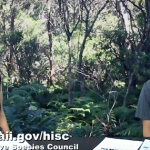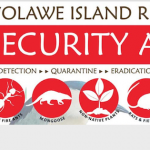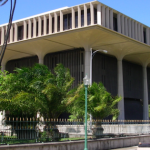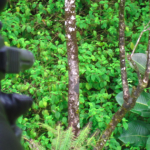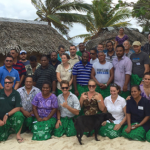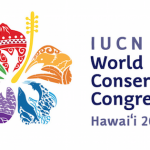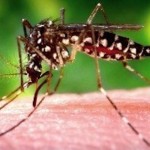HISC Planner John-Carl Watson appeared on the webseries “Hawaii is my Main Land,” part of the ThinkTech Hawaii series of local interviews and talkshows. In the episode, John-Carl discusses the ...
Read More HISC on the web: Think Tech Hawaii and Hawaii Invasive Species Awareness Week
News
The Kaho‘olawe Island Reserve Commission (KIRC) has produced the first-ever Kaho‘olawe Biosecurity Plan, detailing the unique history of the island and the threats posed by invasive species. The plan analyzes ...
Read More KIRC produces first-ever Kahoolawe Biosecurity Plan
DLNR & YOU-Hawai’i Interagency Biosecurity Plan from Hawaii DLNR on Vimeo. Joint News Release from the Hawaii Department of Agriculture and Hawaii Department of Land and Natural Resources: STATE OF ...
Read More HAWAII INTERAGENCY BIOSECURITY PLAN RELEASED
The Hawaii Invasive Species Council has released its 2017 report to the legislature, Budgetary and other Issues Relating to Invasive Species. Reporting on actions in State Fiscal Year 2016, the report ...
Read More HISC 2017 Report to the Legislature
Dr. James Leary, Assistant Specialist with the University of Hawaii College of Tropical Agriculture and Human Resources, will be presenting his research and fieldwork to the National Invasive Species Council ...
Read More Watch online: Hawaii Research on Weed Control Presented in Washington DC, Dec 5
The HISC Brown Bag Series is an ongoing set of informal lunchtime presentations to facilitate information sharing among partners and stakeholders. Presentations are are announced via the HISC email list and remote ...
Read More HISC Brown Bag #2: Hawaii’s Legislative Process & Invasive Species
The Hawaii Invasive Species Council is proud to announce a new, ongoing series of informal lunchtime presentations to facilitate information sharing regarding invasive species. This series aims to provide a forum for updates from HISC ...
Read More HISC Brown Bag #1: PILN Meeting 2016
Invasive species impact many parts of our lives, economy, and environment, and dealing with invasive species requires many hands all working together. Hawaii is a model for how different state, ...
Read More HISC on TV: Representative Cindy Evans’ Show “Now What?”
The International Union for the Conservation of Nature (IUCN) will hold its 2016 World Conservation Congress (WCC) in Hawaii, from September 1 to 10. The IUCN WCC is the Olympics ...
Read More Invasives at the IUCN WCC, Sep 1-10 2016
Visit https://fightthebitehawaii.com to learn about mosquito-borne illnesses (including zika, dengue, chikungunya, and others) and how to minimize your risk. DEPARTMENT OF HEALTH DAVID Y. IGEGOVERNOR VIRGINIA PRESSLER, MD DIRECTOR FOR IMMEDIATE ...
Read More DOH Launches “Fight the Bite” Campaign for Mosquito-Borne Diseases
